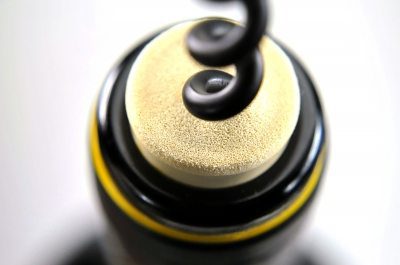[dropcap style=”font-size:100px; color:#992211;”]F[/dropcap]ascinating research from University of Vienna suggests that hormonal changes following the seasons may shed light on the occurrence.
Thrilling news for such leftie luminaries as Michaelangelo, Leonardo Da Vinci and, er, Ned Flanders.
Various manual tasks in everyday life require the use of the right hand or are optimized for right-handers. Around 90 percent of the general population is right-handed, only about 10 percent is left-handed. The study of Ulrich Tran, Stefan Stieger, and Martin Voracek comprised two large and independent samples of nearly 13000 adults from Austria and Germany.
[quote]On a monthly average, 8.2 percent
of left-handed men were born during
the period February to October. During
November to January, this number rose
to 10.5 percent[/quote]
As in modern genetic studies, where a discovery-and-replication-sample design is standard, the use of two samples allowed testing the replicability and robustness of findings within one-and-the-same study. Overall, 7.5 percent of women and 8.8 percent of men were left-handed. “We were surprised to see that this imbalance was caused by more left-handed men being born specifically during November, December, and January. On a monthly average, 8.2 percent of left-handed men were born during the period February to October. During November to January, this number rose to 10.5 percent”, according to Ulrich Tran, lead author of the study.
A hormonal cause during embryonic development
“Presumably, the relative darkness during the period November to January is not directly connected to this birth seasonality  of handedness. We assume that the relative brightness during the period May to July, half a year before, is its distal cause”, explains Ulrich Tran.
of handedness. We assume that the relative brightness during the period May to July, half a year before, is its distal cause”, explains Ulrich Tran.
A theory, brought forth in the 1980s by US neurologists Norman Geschwind and Albert Galaburda, posits that testosterone delays the maturation of the left brain hemisphere during embryonic development. The left brain hemisphere is dominant among right-handers, the right brain hemisphere is dominant among left-handers. Intrauterine testosterone levels are higher in the male fetus, because of its own testosterone secretion, than in the female fetus. However, the testosterone level of the mother and external factors may also affect intrauterine testosterone levels. Specifically, more daylight may increase testosterone levels, making a seasonality effect plausible.
Previous studies on the subject provided mixed and inconsistent evidence. There was no clear indication which season has an effect, and whether seasonality affects men, women or both sexes equally. According to the current findings, there is a small, but robust and replicable, effect of birth seasonality on handedness, affecting only men. These results are consistent with a hormonal basis of handedness, corroborating thus an old and controversial theory. However, the exact way of causation needs to be investigated in future studies.
Source: University of Vienna
Image: Freedigitalphotos.net/Carlos Porto

Some of the news that we find inspiring, diverting, wrong or so very right.



















